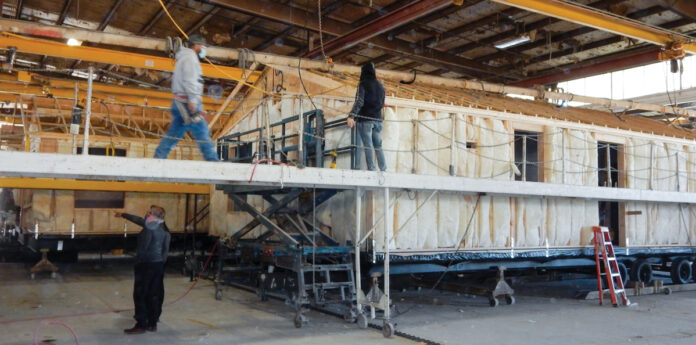Tim Taylor has worked alongside the National Center for Construction Education and Research for more than a decade, but just at the beginning of this year, he came on in a newly formed position to conduct research and provide solutions to repair the vital craft and trade work that for decades has been ill-supported.
NCCER, based in Alachua, Fla., dates back to the early 1990s when leading contractors came together to standardize training and provide industry-recognized credentials. Over time, NCCER has expanded to become the industry’s source for training, assessments and certification. NCCER continues to evolve beyond the construction and maintenance industries both domestically and globally. Today, NCCER develops curricula for over 70 craft areas that have been used in all 50 states and in 20 countries.
Taylor is the organization’s new director of research, heading up the continued effort to build a safe, productive, and sustainable workforce of craft professionals as well as expanding its comprehensive workforce development system and curricula selection.
He had been at the University of Kentucky, in the civil engineering department, with a focus on the craftworker shortage in his research, innovating, providing solutions that other groups, like NCCER, would carry out. In 2018 he and NCCER published “Restoring the Dignity of Work”.
“We do some really cool things here,” Taylor said of NCCER. “I’ve worked with them for a long time and some of the programs are new even to me, it’s very exciting.”
Extended Research, Work in the Trades
Taylor said his mindset and that of the staff and partners at NCCER is to address the problems that affect as many people as possible, including the trade workers, their families, and the families they build for and help support.
“In my mind, the craft worker shortage is the number one challenge we have in construction,” Taylor said. “We look at this from the standpoint of how to study the trades, and we want to study the questions that construction professionals care about.”
Revisiting Questions of the Past
One solution to the craft shortage that has been put forward in the past is the idea of multi-skilling. Multi-skilling is when craft professionals gain training and experience in multiple trades. In a recent research project, the group re-asked a 20-year old question around the reasons for multiskilling and found that the answers had changed. In the late 1990s tradespeople said they were getting added training, additional certificates, or taking advantages of other career development opportunities because they might be able to earn additional hours, get paid overtime, or would be kept on a job site longer through the phasing of a project.
In 2022, “I don’t want to move,” was the answer, Taylor said.
NCCER found that with many households enjoying a dual income, it made it more difficult to pull up and leave if a job moved from one part of the state to another, or to a different state altogether. A second certification, another skill, might mean the difference between a contract job and full-time employment, or extended full-time employment.
“They need to stay on in a geographic region,” Taylor said.
Another observation NCCER plans to address is the demographics of its entry-level workers versus the typical age of a college student. The average age of a college student is 20, and the average age of a construction trades apprentice is 28.
“There is something happening in that time in between,” Taylor said. “We’re missing 8-10 years that are important in getting tradespeople moving into and up in the industry.”
More information on NCCER and its research efforts can be found at www.nccer.org. NCCER’s plan for restoring the craft workforce is available at https://www.nccer.org/news-research/research/rt335
MHInsider is a product of MHVillage and is the source for all of your manufactured housing news. Check back regularly for updates on industry trends, events, and more!













